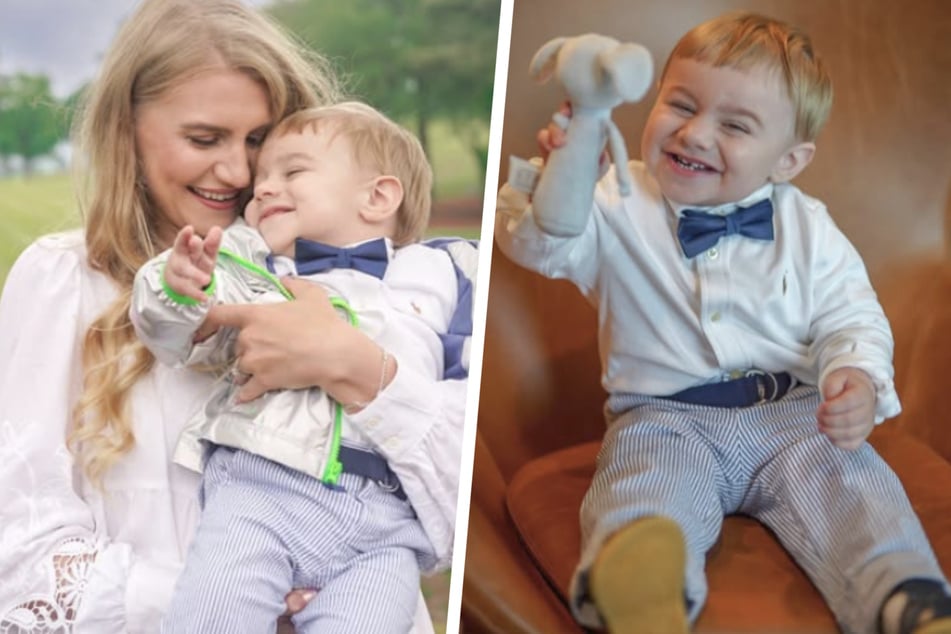After swimming pool visit: 16-month-old baby dies from brain-eating bacteria
Pulaski County (USA) - For a long time, it was uncertain where little Michael (†1) contracted the brain-eating amoeba - Naegleria fowleri.But a new court ruling has now revealed the truth: it was in the pool water.

According to a report by DailyMail, the Center for Disease Control and Prevention (CDC) published a case report last Thursday on the tragic accident, which had already occurred in August 2023.
On August 26, 2023, the Pollock family from Arkansas wanted to spend a day at a local water playground. The family's son, Michael Alexander Pollock III, who was just under a year old at the time, was a real water rat. Mom Julia kept sharing pictures of Michael splashing around in the water on Instagram . But a few days after their trip to the water park together, Michael became seriously ill. He had a high temperature, was vomiting, was no longer eating and was barely moving. Doctors immediately took him to the intensive care unit.
There followed the shock diagnosis: the doctors discovered that the boy had caught the bacterium Naegleria fowleri, which was also the cause of meningitis and inflammation of the protective layers of the brain and spinal cord.
Little Michael died a few days later on September 4 as a result of this illness.
Water park had been broken for several weeks

In the report, the CDC warns against exactly those water playgrounds where Michael caught the deadly bacteria. These places are said to be responsible for several such incidents. Since records began in 1962, there are said to have been as many as 164 infections in the USA alone. Of those affected, only four have survived, some with severe physical damage.
Based on this rate, N. fowleri has a fatality rate of over 97 percent. An infection therefore almost always means death. The bacteria cannot actually survive in chlorinated or salt water. However, if swimming pools and their chlorine pumps are poorly maintained or not maintained at all, the amoebae's chance of survival increases, allowing them to spread as they would in their normal habitat - fresh water.
The pool in which the one-year-old died had already attracted attention several times beforehand due to a number of violations. For example, it became known that the chlorine pump in this pool had not been working for a month at the time of the infection, which is why the staff had to regulate the chlorine level manually.
This led to so-called "dead zones" in the pool, in which the chlorine could not work and the amoebae could thrive.